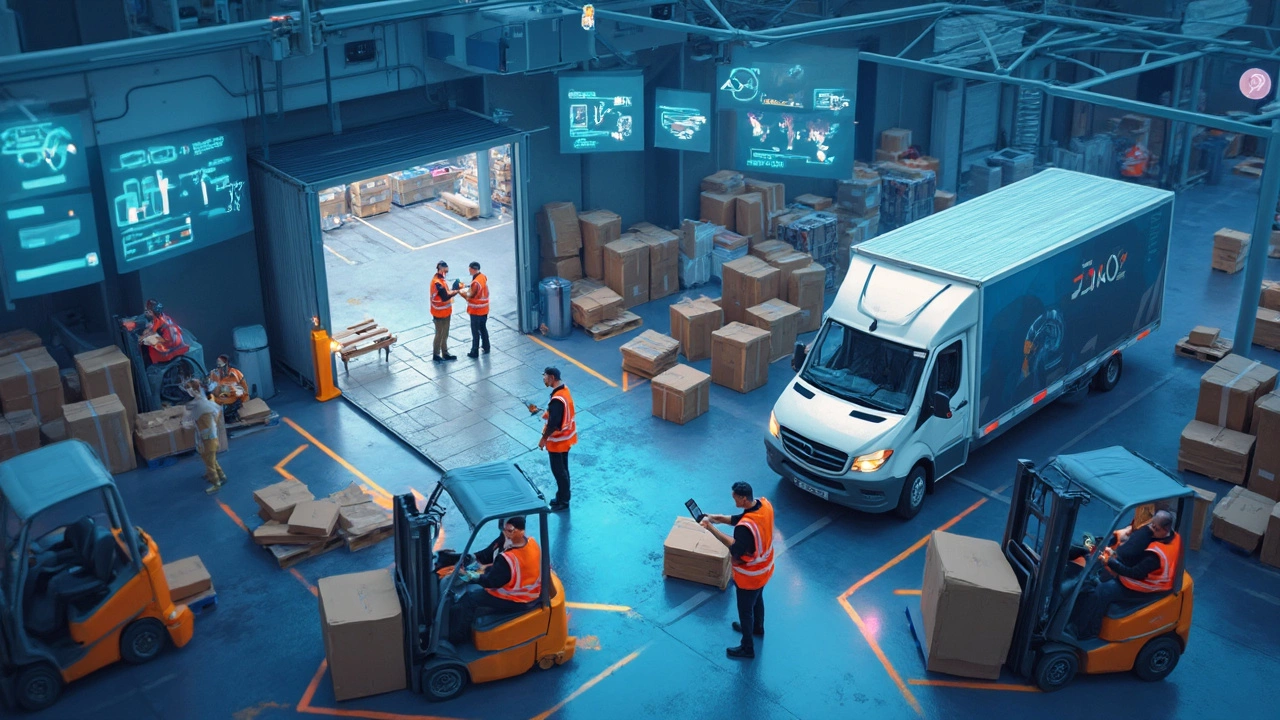Freight Tracking Made Simple: Stay on Top of Your Shipments
If you’ve ever wondered where that pallet is while it’s on the road, you’re not alone. Freight tracking gives you a clear picture of a shipment’s location, estimated arrival, and any hiccups along the way. Knowing this info saves time, cuts stress, and helps you plan the next step in your supply chain.
Why Real‑Time Tracking Matters
When you can see a truck’s exact spot, you can adjust staffing, warehouse space, and customer communications before a problem hits. For example, if a carrier reports a delay due to traffic, you can alert the receiving dock and avoid idle labor costs. Real‑time alerts also let you spot exceptions – like a missed route or an unexpected stop – so you can intervene quickly.
Easy Tools You Can Start Using Today
Most carriers now offer a web portal or mobile app that shows a live map and status updates. Look for features like geofencing (you set a virtual fence and get a notification when the freight crosses it) and estimated time of arrival (ETA) alerts. If you need something more robust, freight‑forwarding platforms such as Project44 or FourKites pull data from dozens of carriers into one dashboard, giving you a holistic view.
Even a simple spreadsheet can work if you collect tracking numbers and update the status twice a day. The key is to have a consistent process: assign a team member, set a reminder, and make sure the information is shared with anyone who depends on it.
When choosing a tracking solution, ask these questions:
- Does it integrate with your existing order‑management system?
- Can it send automatic email or SMS alerts?
- Is the data refreshed every few minutes or only once a day?
Answers to these will point you toward a tool that fits your budget and workflow.
Another practical tip is to use the carrier’s tracking number as a reference in all internal documents. This eliminates confusion when you have multiple shipments moving at once.
Don’t forget to train your staff on reading tracking logs. A quick glance at the status column (e.g., “In Transit,” “Arrived at Facility,” “Out for Delivery”) tells you whether the freight is on schedule or needs attention.
Common pitfalls include relying solely on email notifications (they can get lost in an inbox) and ignoring carrier exceptions. If a shipment is marked “Delivered” but the dock hasn’t received it, investigate immediately – it could be a mis‑scan or a theft risk.
Finally, think long term. As the industry moves toward IoT devices and GPS‑enabled containers, the amount of data you can collect will grow. Start with a simple, reliable system now, then upgrade as your volume increases.
Tracking freight doesn’t have to be a nightmare. Pick a tool, set up alerts, and make the information part of your daily routine. Soon you’ll know exactly where every pallet is, and you’ll spend less time chasing shipments and more time growing your business.
A logistics management system handles the planning, movement, and storage of goods. This article breaks down what a logistics management system is, why it's essential for businesses, and how it works in real life. You'll get practical tips for choosing the right software, a peek at the latest features, and learn how these systems are quietly shaping everything from Amazon orders to small business deliveries. Get straight, practical insights without fluff or jargon.
May, 24 2025
